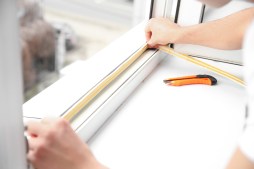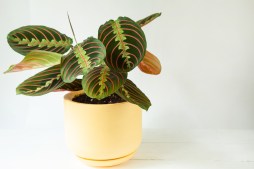Essential Care Tips for Thriving Carnivorous Plants Indoors
Growing carnivorous plants at home can be a fascinating and rewarding hobby. These unique plants have evolved to capture and digest insects, which makes them quite different from typical houseplants. To ensure your carnivorous plants thrive indoors, it’s important to understand their specific care requirements. This article will guide you through essential tips to help your carnivorous plants flourish in an indoor environment.
Choose the Right Species for Indoor Growing
Not all carnivorous plants are suited for indoor cultivation. Some popular species that adapt well to indoor environments include Venus flytraps (Dionaea muscipula), pitcher plants (Sarracenia), and sundews (Drosera). When selecting a plant, consider its lighting needs, size, and humidity requirements to ensure it fits well with your indoor space.
Provide Adequate Lighting Conditions
Carnivorous plants generally require bright light to thrive. Placing them near a south-facing window can provide the sunlight they need. If natural light is insufficient, consider using grow lights designed for plants. Aim for about 12-16 hours of light daily but avoid direct midday sun which might scorch delicate leaves.
Maintain Proper Soil and Watering Practices
These plants prefer nutrient-poor, acidic soil mixtures like sphagnum moss or peat moss combined with sand or perlite. Avoid regular potting soil as it is too rich for their delicate roots. Water your carnivorous plant with distilled water or rainwater since tap water often contains minerals that can harm them. Keep the soil moist but not waterlogged by placing pots in shallow trays of water during growing seasons.
Control Humidity and Temperature Levels
Most carnivorous plants thrive in high humidity environments similar to their natural habitats like bogs and wetlands. Maintaining humidity levels around 50-70% indoors can be achieved using humidifiers or pebble trays filled with water beneath the pots. Additionally, avoid exposing the plants to extreme temperatures; most prefer daytime temperatures between 70-85°F (21-29°C) and cooler nights.
Feed Your Carnivorous Plant Appropriately
While these plants catch their own prey outdoors, indoor specimens may need some assistance feeding if insects are scarce inside your home. You can occasionally feed them small bugs like fruit flies or freeze-dried bloodworms using tweezers—avoid overfeeding as this stresses the plant. Never use fertilizer on carnivorous plants because they rely on insects rather than soil nutrients.
With proper care tailored to their unique needs, growing carnivorous plants at home can be an exciting way to explore nature’s wonder indoors. By choosing suitable species, providing adequate light and moisture, maintaining proper soil conditions, controlling humidity levels, and feeding appropriately when needed, you’ll enjoy healthy and vibrant carnivorous companions year-round.
This text was generated using a large language model, and select text has been reviewed and moderated for purposes such as readability.











